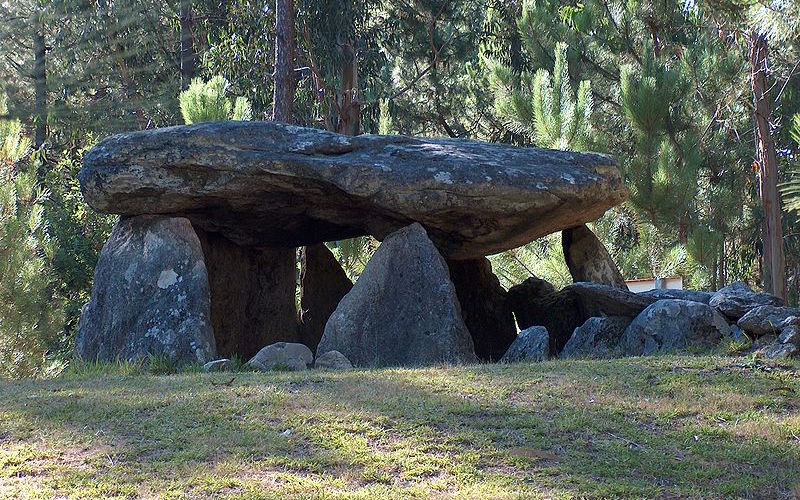Neolithic Architecture
Episode #1 of the course “Brief history of architecture”
There is no specific start date of the Neolithic era, the last era of the Stone Age, but it is commonly considered to range from 10,000 to 2,000 BCE. Scholars tend to base the transition into Neolithic practices on a society’s incorporation of agriculture as well as the appearance of pottery in human settlements. Both of these practices indicate a transition to a more sedentary lifestyle and are accompanied by a shift in architecture. Major Neolithic architects remain anonymous.
In many villages during the Neolithic period, storage of a community’s excess crop production was handled at a communal level. Village structures were often centered around a carved-stone central grain or food storage facility, which would also be used to practice social and religious rituals. As animal domestication became prominent, some societies show evidence of structuring shelters for their livestock, depending on their climate and needs.

A dolmen at Couto Esteves, Portugal
It is during this period of human development that social differentiations based on the control of resources such as food can be seen in social architecture, as signified by the different sizes of housing structures encircling the community’s storage structure. Many homes were skillfully built using local materials such as mud-brick, plaster, or wooden designs including complicated woodworking joints. Windows were often no more than holes in a building’s walls, although they may have had mesh or solid coverings. In some societies, the plastered walls were painted or decorated with mosaic tiles.

Göbekli Tepe, Anatolia, Turkey

Skara Brae, Scotland
People of the Neolithic period were the first to build monoliths—gigantic monuments with religious and social significance. Neolithic era monoliths align with celestial bodies and important astronomic events, showing the peoples’ development of complicated star-charts and an understanding of primitive astronomical theories. These early engineers also showed sophisticated mathematical precision and creative problem solving when facing obstacles.
Recommended book
Share with friends

